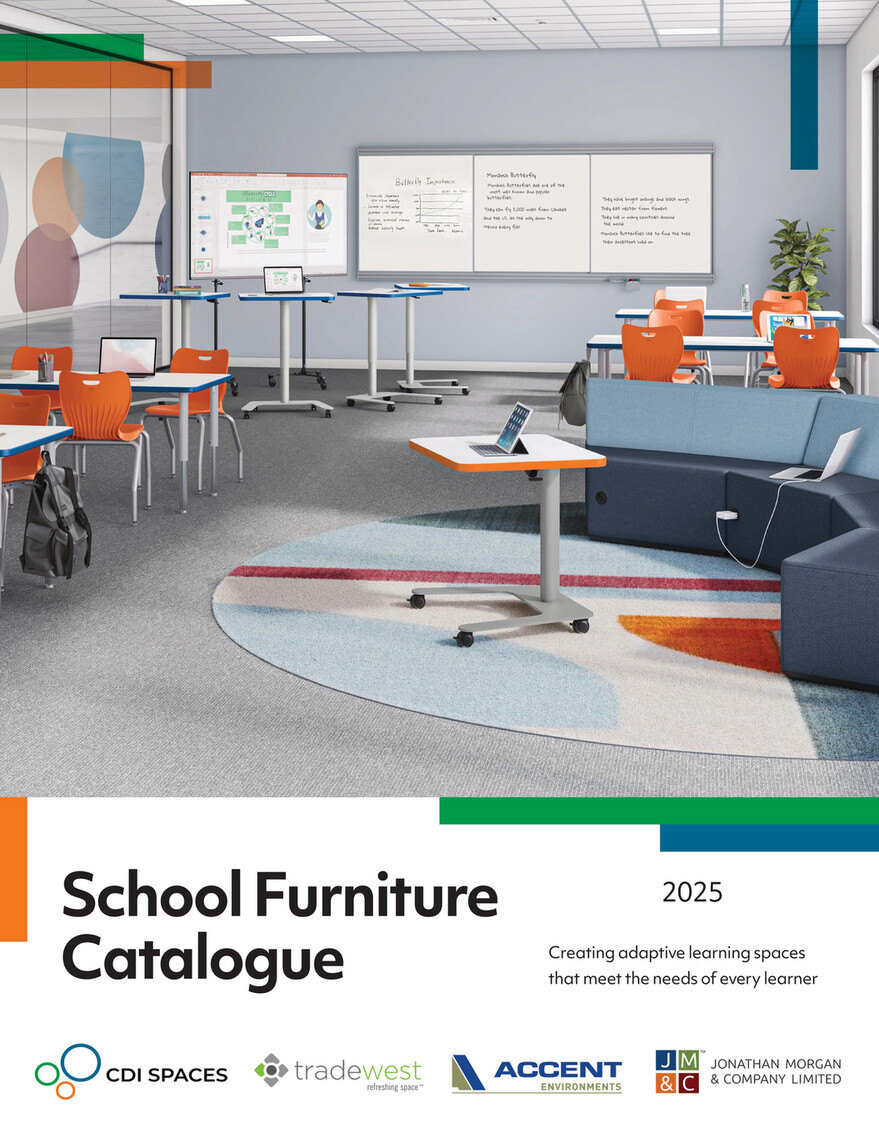From Overwhelmed to Empowered: Sensory Rooms for Every Student
December 20, 2024
.jpg)
Sensory rooms are no longer a luxury—they're now an educational staple. Their evolution from nice-to-have to must-have is driven by a growing awareness of their impact on long-term learning success and students' physical, mental, and emotional well-being.
As schools adopt sensory rooms into their floor plans and classroom designs, more diverse learners are welcomed and supported. Students who previously found traditional classrooms stifling, distracting, or overwhelming are gaining the tools they need. Sensory rooms bring previously disconnected class members back to the learning at hand.
In this article, we review why sensory rooms matter to students, what makes an effective one, critical components to consider when planning yours, and how to get the most out of your efforts.
Why Sensory Rooms Matter
When we consider that between 5% and 9% of Canadians aged 15 and older have a learning or developmental disability—it's clear that implementing accessible sensory-friendly spaces in schools can promote inclusivity and engagement in education.
Particularly for autistic individuals, layers of sensory inputs—such as many people talking at once, pencils being sharpened, papers shuffling, cafeteria smells wafting in—can add stress and create a sensation of being trapped. Sensory rooms provide a space for students to escape overstimulation and refocus.
A kinetic connection inspires educational exploration across the board, though. Sensory rooms benefit neurodivergent students, those with ADHD, and even undiagnosed students.
4 Key Features of an Inviting and Effective Sensory Room
The Visual
Visual Stimulation captivates students' attention, shifting their focus from overwhelm immediately. Mesmerizing light patterns from a Solar 100 LED Projector or Aquarium Bubble Tube can bring them into a relaxed state. Interactive stimulation from Playlearn UV Liquid Floor Tiles can engage students in the space and lead them into the tactile.
The Tactile
Sensory rooms immerse students in environments where they can touch various textures and experience sensations otherwise void in a classroom. The Midi Abstract Tactile Panel invites exploration, and the Razzle-Dazzle Marble Wall LED Panel inspires artistic touch.
The Kinetic
Traditional desks and chairs can be confining—and leave students craving movement. Sensory Spinning Chairs are a fun and quiet option for discharging restless energy. Deep pressure applied to the body through a Southpaw Steamroller Deluxe can help students get grounded and feel more comfortable and confident as they learn.
The Acoustic
Soft furnishings like the LAX De-escalation Ottoman should be considered to prevent sensory rooms from becoming echoey or full of sound. Noise-dampening textiles and calming seating can help students find solace when their senses are on alert.
Furniture and Accessories to Elevate Sensory Rooms
Form and function are key when it comes to creating a truly stand-out sensory room. With the right blend of furniture and accessories, you can offer students a transformative space that engages and calms while maintaining durability.
Set the Mood for Mindfulness
Transport your students to a tranquil yet gently active environment with the power of lighting. Consider the many qualities and features of lighting that can be controlled or adapted in the space. The options are endless, from dimmable lights to soft, glowing cubes of light or projected and tiled light effects.
Combine Comfort and Flexibility
A sensory room must provide a place to flop, slouch, crouch, and find a unique seat apart from the norm. Modular pieces that students can quickly adapt become favorites in many rooms for their customizable appeal. Unusual nature-inspired textures on seats, indoor swings, and stools or ottomans where feet can rest add intrigue and calm to the student experience.
Design for Dynamism and Development
You may be accommodating diverse preferences with your sensory room. The National Council for Special Education reminds us that "We all respond to sensory information within our environment differently." Create a range of textures from soft to firm and offer hands-on opportunities from messier to more organized to nourish each student's development.
Create a Peaceful Co-Existence
Separating activities by activity level ensures everyone can enjoy a sensory room without stress. Combine more active tools in one corner—like the spinning chair mentioned earlier or creative play tiles that click together—and reserve more regulating activities for another, like a vibroacoustic rocker and fiber-optic light curtain.
Get Started with Your Sensory Room Design
Identify Your Needs and Limits
Occupational therapists and educators in your school who work with neurodivergent and sensory-challenged students are crucial to understanding what tools and furnishings will fuel engagement in and accessibility of your sensory room. Administrators will be your go-to when it comes to budget and space limitations.
Get Students and Staff Involved
The best way to maximize the impact of your sensory room is to continually promote its broad benefits—not just for students with identified needs—and train your staff to use sensory tools effectively. Gather feedback regularly to identify gaps in your staff's understanding, confidence, and new need—and keep adapting your design!
Sensory rooms are powerful tools for supporting students' emotional, sensory, and educational needs. They create inclusive spaces that foster focus, emotional regulation, and well-being. By thoughtfully designing these environments, schools can provide all students with the necessary resources to thrive.
CDI Spaces offers expert guidance and a curated selection of durable, functional, and engaging products to help you create impactful sensory rooms. Meet with a CDI design consultant to explore how we can build a space where your students can feel calm, focused, and ready to learn.

